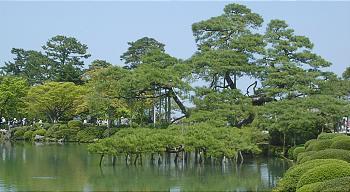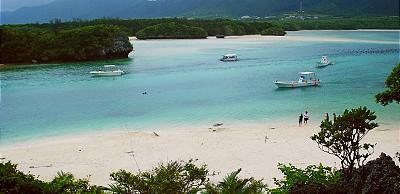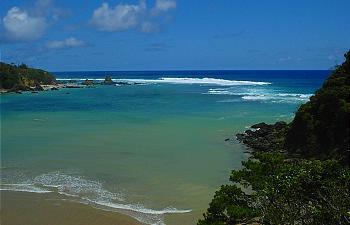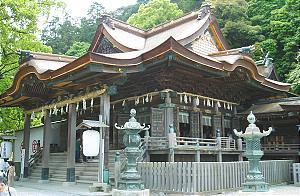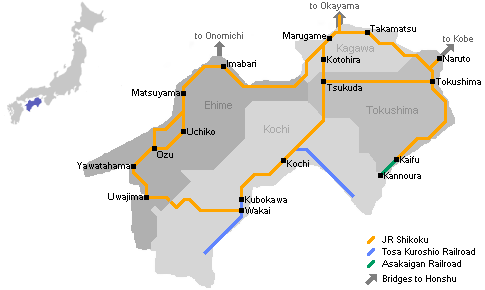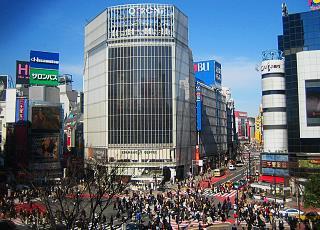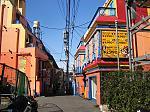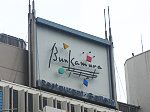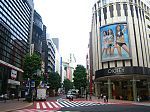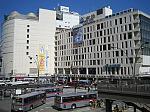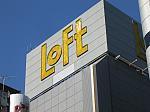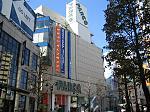
The Izu Peninsula (Izu Hanto) is a resort area about 100 kilometers southwest of Tokyo, popular for its hot springs, beautiful coastlines, beaches, mild climate, scenic mountainous interior and views of Mount Fuji from its western coast.
The peninsula's eastern coast and the Shuzenji area are well connected with Tokyo by trains, while the less developed western coast and other areas are served by buses. Izu is also a great place to be explored by rental car, motorbike or bicyle.
On weekends and during holiday seasons, the Izu Peninsula can get quite busy, and traffic jams along the eastern coast are not unusual. However, during off-season weekdays, many parts of the peninsula can be very quiet.

Atami is a hot spring city with shinkansen station at the entrance to the Izu Peninsula. While the city is attractively located on the steep slopes along the ocean coast, it has obviously suffered from the economic downturn of the 1990s.
Ito is another hot spring city along the peninsula's eastern coast, only about 15 kilometers south of Atami. Inside Ito's municipal limits lies Izu Kogen, a pleasant resort town with more hot springs and the nearby scenic Jogasaki coast.
Further down the eastern coast, Kawazu is a town famous for its early blooming Kawazu cherry trees, which are usually in bloom as early as late February to mid March.
Shimoda near the peninsula's southern tip, was the landing place of Commodore Perry's "black ships" in 1854, an event which marked the end of Japan's era of isolation and the start of diplomatic relations between the US and Japan.
Shuzenji in central Izu is another famous hot spring resort with a pleasant and beautifully preserved resort town center. Shuzenji is named after a local temple.
Taken from ===<click here>===
Labels: Japan Sightseeing Guide
